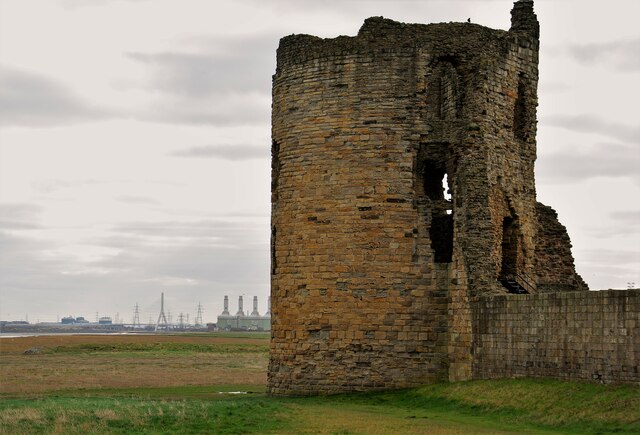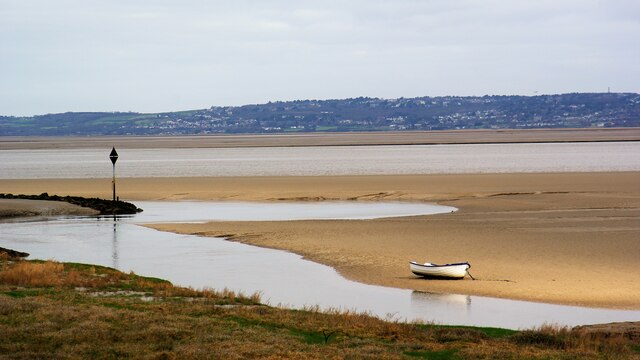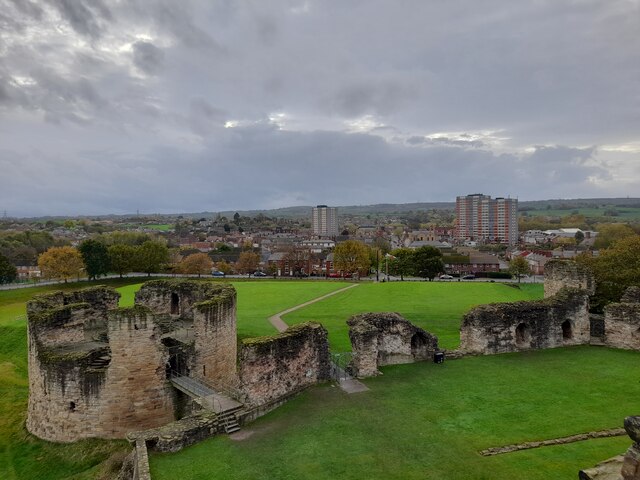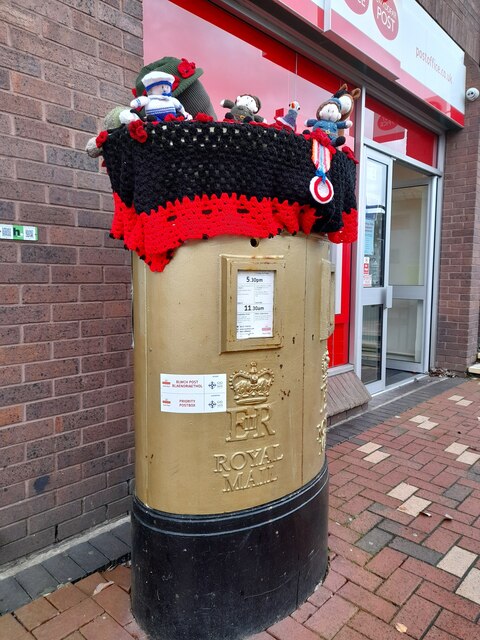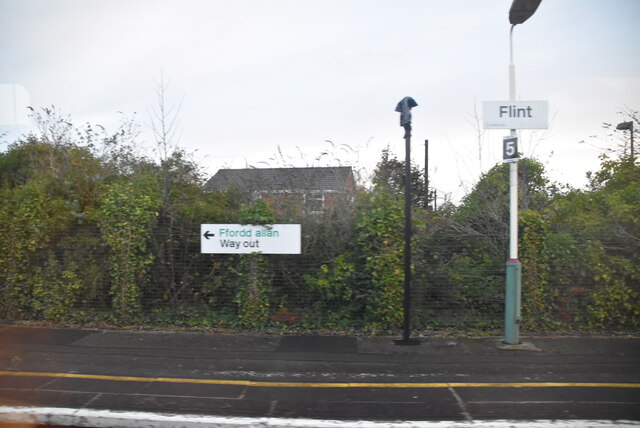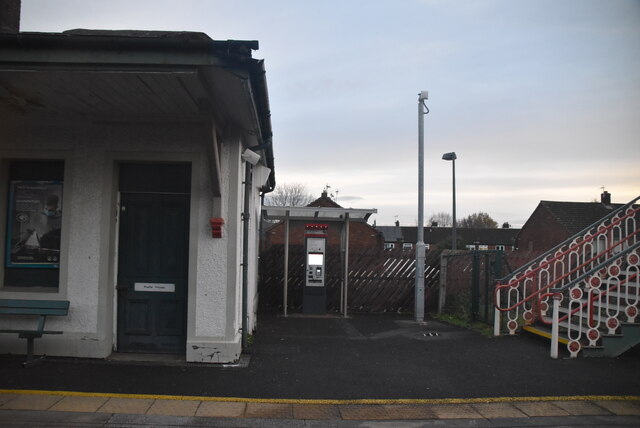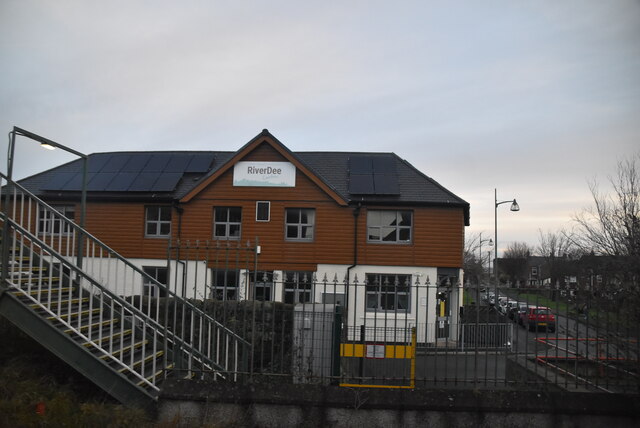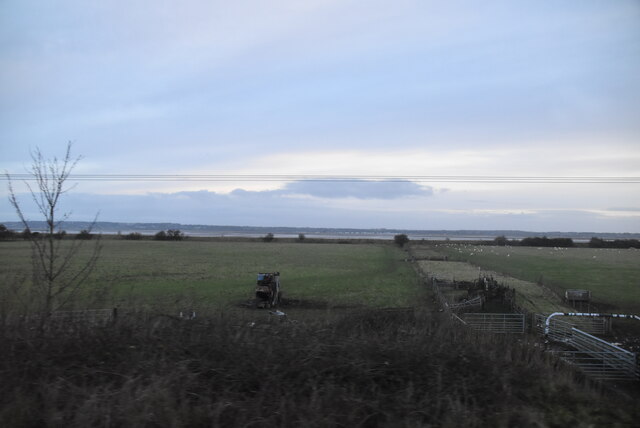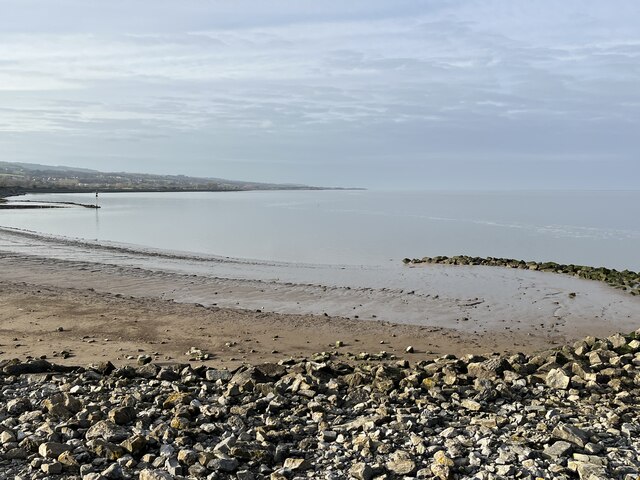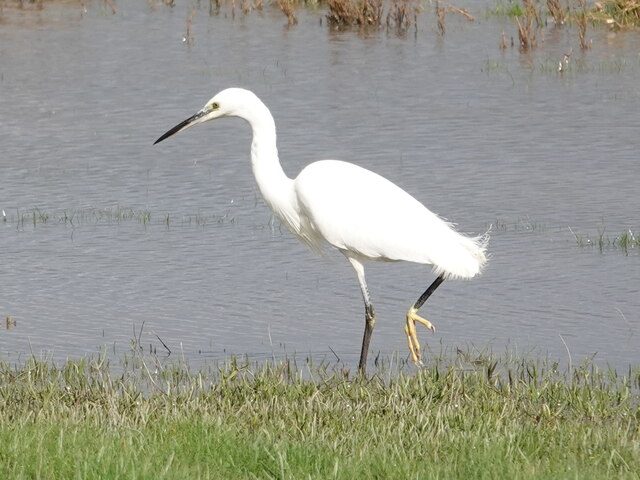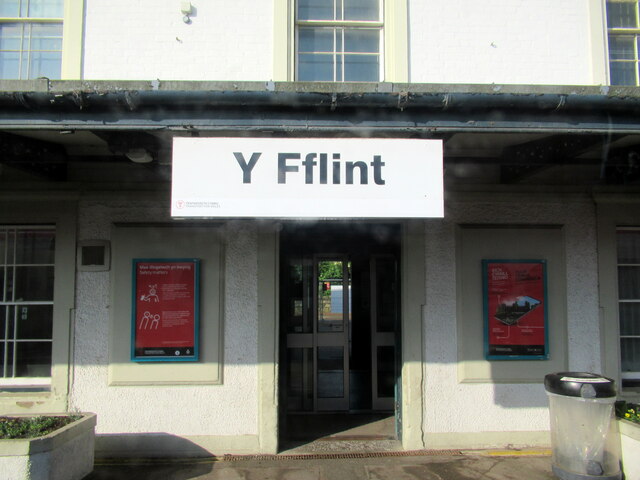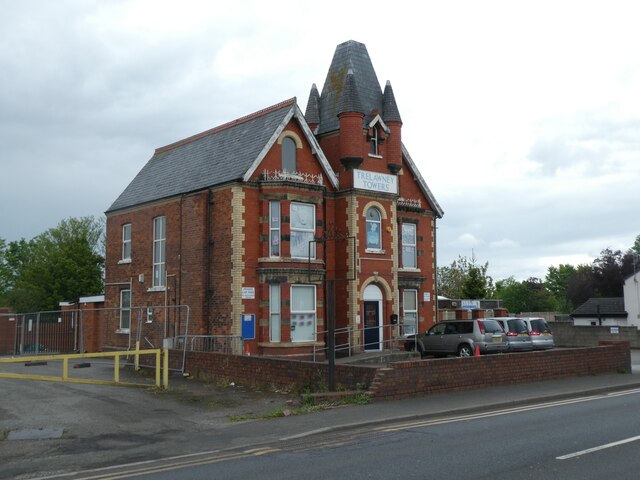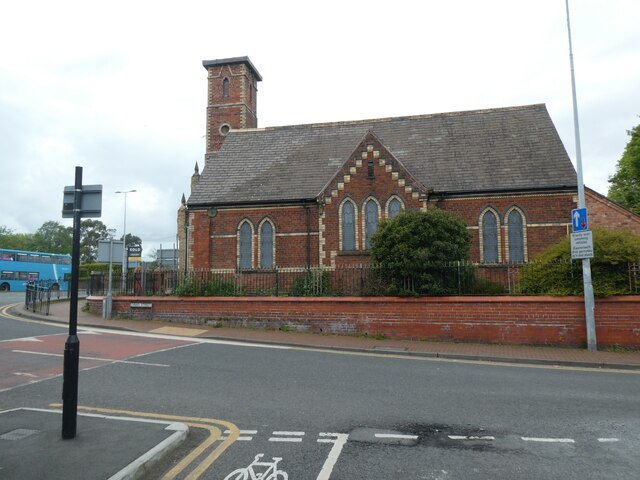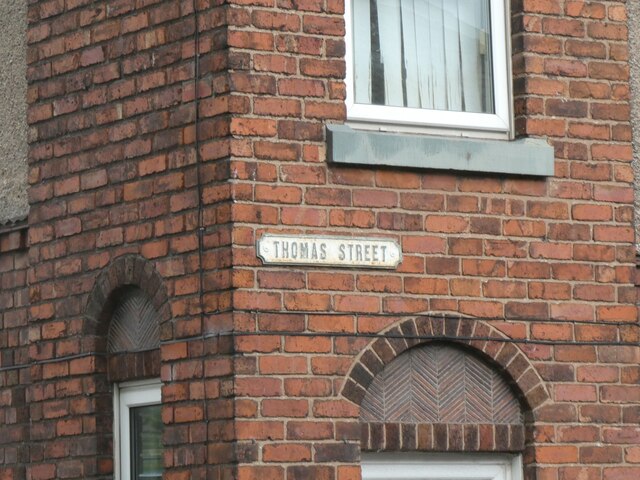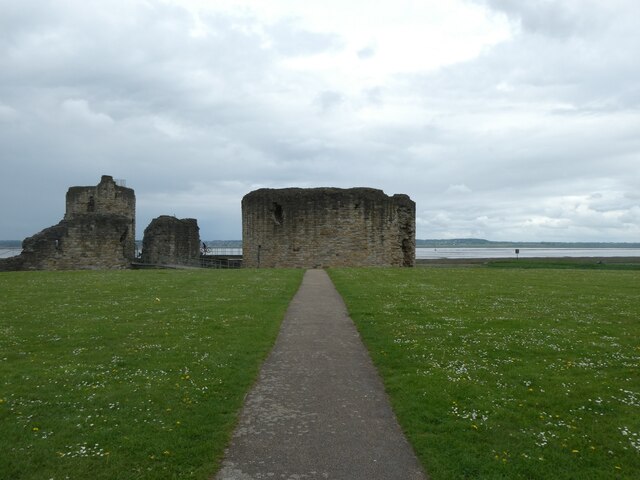Coleshill
Settlement in Flintshire
Wales
Coleshill
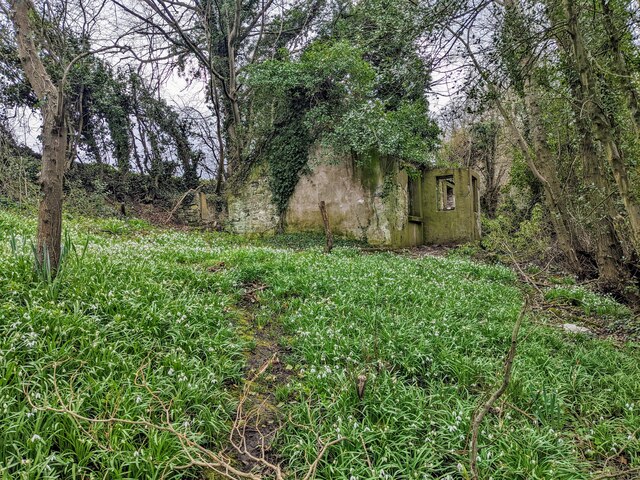
Coleshill is a small village located in Flintshire, Wales. Situated approximately 5 miles south-west of the town of Flint, it is nestled in the undulating countryside of the region. The village is characterized by its rural charm, with picturesque landscapes and a close-knit community.
The history of Coleshill dates back to ancient times, as evidenced by the presence of a Roman road that passes through the village. Over the centuries, the village has seen various changes and developments, but it has managed to retain its traditional character. The architecture in Coleshill is largely comprised of small cottages and farmhouses, which add to the village's quaint appeal.
Despite its small size, Coleshill offers a range of amenities to its residents. There is a local primary school that serves the village and the surrounding area, providing education for the younger population. Additionally, there are a few local businesses, including a post office and a convenience store, which cater to the needs of the community.
Coleshill is surrounded by beautiful countryside, making it an ideal location for outdoor enthusiasts. There are several walking trails and nature reserves nearby, where visitors can enjoy the natural beauty of the area. The village also benefits from its proximity to the River Dee, which provides opportunities for fishing and boating.
Overall, Coleshill is a charming village that offers a peaceful and idyllic lifestyle. With its rich history, beautiful surroundings, and strong sense of community, it continues to be a desirable place to live in Flintshire.
If you have any feedback on the listing, please let us know in the comments section below.
Coleshill Images
Images are sourced within 2km of 53.248408/-3.1554447 or Grid Reference SJ2373. Thanks to Geograph Open Source API. All images are credited.
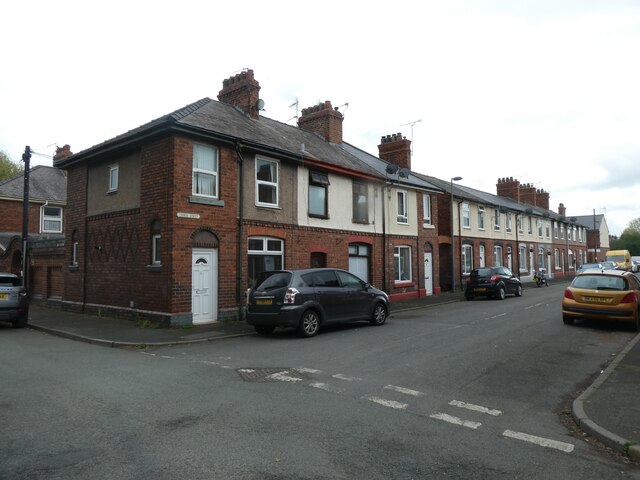
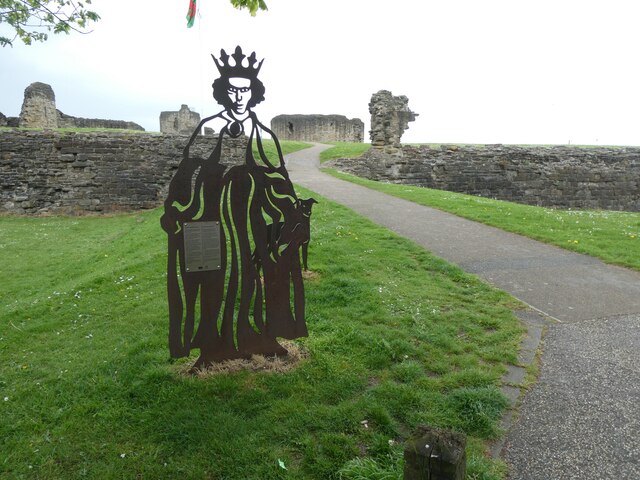
Coleshill is located at Grid Ref: SJ2373 (Lat: 53.248408, Lng: -3.1554447)
Unitary Authority: Flintshire
Police Authority: North Wales
What 3 Words
///regret.moons.dares. Near Flint, Flintshire
Related Wikis
Flintshire (historic)
Until 1974, Flintshire (Welsh: Sir y Fflint), also known as the County of Flint, was an administrative county in the north-east of Wales, later classed...
Cornist Hall
Cornist Hall is a large house 1 mile (1.6 km) west-southwest of the town of Flint, Flintshire, Wales. It was the birthplace in 1746 of Thomas Totty, an...
Flint, Flintshire
Flint (Welsh: Y Fflint) is a town and community in Flintshire, Wales, lying on the estuary of the River Dee. It is the former county town of Flintshire...
Flint Town Hall
Flint Town Hall (Welsh: Neuadd y Dref Y Fflint) is a municipal structure in the Market Square, Flint, Flintshire, Wales. The town hall, which is the meeting...
Nearby Amenities
Located within 500m of 53.248408,-3.1554447Have you been to Coleshill?
Leave your review of Coleshill below (or comments, questions and feedback).
